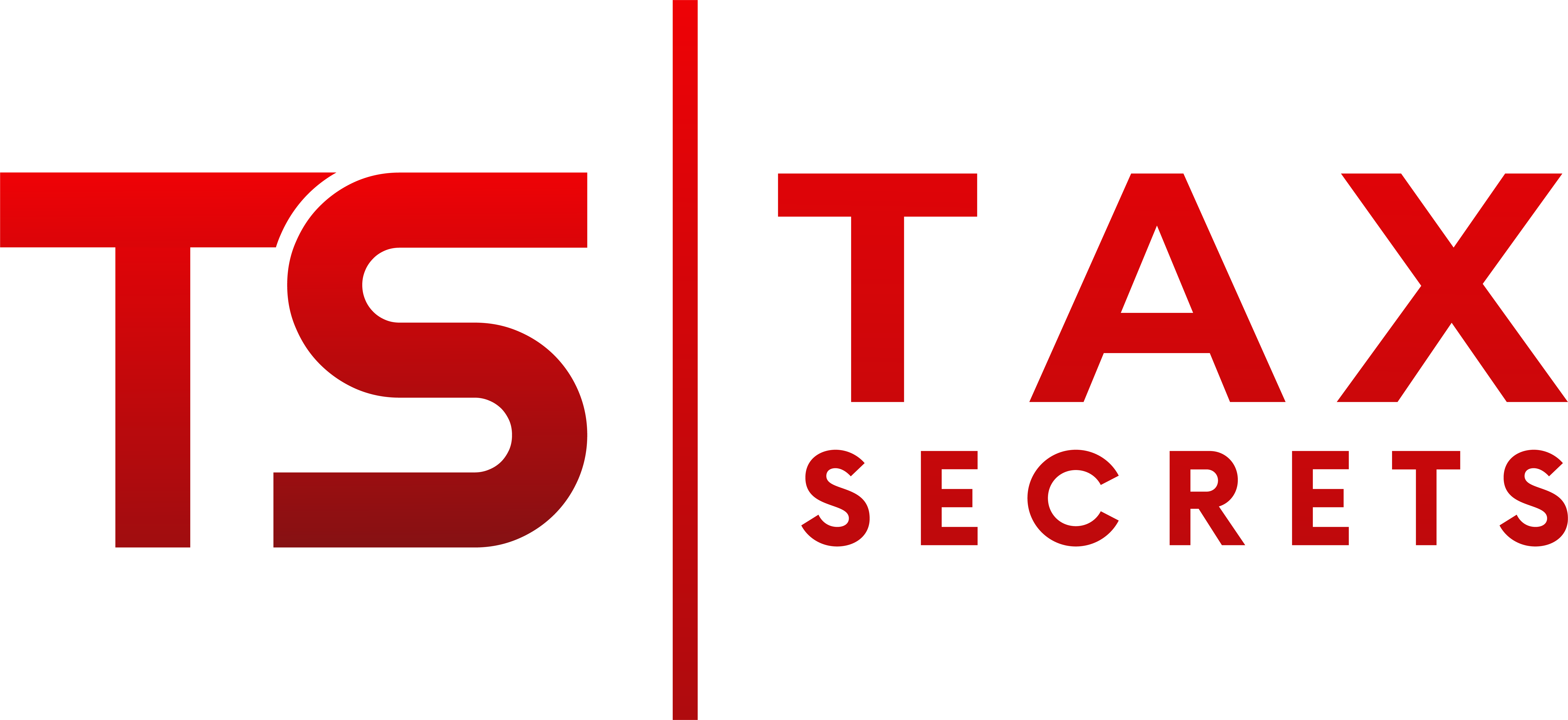How Overstaffing Can Impact Your Small Business
In the bustling world of small businesses, where every decision can significantly impact your bottom line, overstaffing can be a major problem. One of the main reasons for this is that hiring too many employees can happen before you even realize it – you might be trying to overcompensate for prior staffing issues but end up with too many people on your payroll instead.
In short, your team grows larger than your business demands, leading to myriad challenges that can hinder your growth and sustainability. This guide will not only help you identify and solve overstaffing issues but also ensure your necessary employees remain engaged and productive.
Understanding Overstaffing: More Than Just Extra Hands
Overstaffing is akin to having too many cooks in the kitchen – and this is literally the problem for some restaurant owners. No matter the industry your business operates in, it disrupts the workflow and leads to inefficiencies. Overstaffing, by definition, occurs when the number of employees surpasses the workload required, resulting in wasted resources and potential dissatisfaction among your team. This imbalance can be particularly costly for small businesses operating on tight margins.
The Root Causes of Overstaffing
Identifying the causes of overstaffing is the first step toward resolution. Triggers can range from a lack of proper forecasting, and reliance on outdated scheduling tools, to a failure in aligning hiring with actual business needs. Each factor can inadvertently lead to a bloated workforce, adding to your expenses without contributing to your revenue.
1. Inadequate Forecasting: Without accurate predictions of business needs, you might find yourself hiring in anticipation of demand that never materializes.
2. Outdated Scheduling and Time Tracking: Relying on manual or outdated methods for scheduling and tracking time can make the real picture of your staffing needs unclear.
3. Failure to Align Hiring with Business Needs: Hiring without a clear understanding of your business’s actual requirements can lead to overstaffing.
Symptoms of Overstaffing
Recognizing the signs of overstaffing is crucial. These can include noticeable dips in employee productivity, a mismatch between labor costs and revenue, and a general sense of disengagement among your team. If you constantly adjust schedules or notice that employees seem to have too much downtime, it’s time to reassess your staffing levels.
Strategies to Combat Overstaffing
Before considering layoffs, which should be a last resort, there are several strategies you can employ to address overstaffing effectively:
– Forecasting and Planning: Improve your forecasting methods to better align staffing with actual business needs. If, for example, you work in a cyclical industry in which certain times of year are much busier than others, seasonal staffing might be a solution.
– Leverage Technology: Adopt modern scheduling and time-tracking tools to gain a clearer understanding of your staffing requirements. You may need to cut some staff members’ hours or re-assign duties without letting anyone go.
– Cross-Training: Equip your employees with skills across different areas of your business. This flexibility allows you to maintain productivity without needing to hire additional staff.
– Engage in Continuous Improvement: Regularly assess your business processes and staffing needs to ensure they are in sync.
The Role of Technology in Addressing Overstaffing
In today’s digital age, technology plays a pivotal role in solving the puzzle of overstaffing. Software tools offer comprehensive solutions by integrating scheduling, time tracking, and sales data. This integration provides real-time insights into your staffing needs, helping you make informed decisions about when to scale up or down.
The Path Forward: Keeping Your Team Engaged
Addressing overstaffing doesn’t just benefit your bottom line; it also contributes to a more engaged and satisfied workforce. By ensuring that each team member has a meaningful role to play, you foster a sense of value and purpose, which is crucial for long-term success.
Let’s Talk: Tailoring Solutions to Your Business
Every business is unique, and there’s no one-size-fits-all solution to overstaffing.
Remember, overstaffing is a challenge, not a dead end. With the right strategies and tools, you can turn it into an opportunity to streamline your operations and enhance your team’s performance for the long haul.

